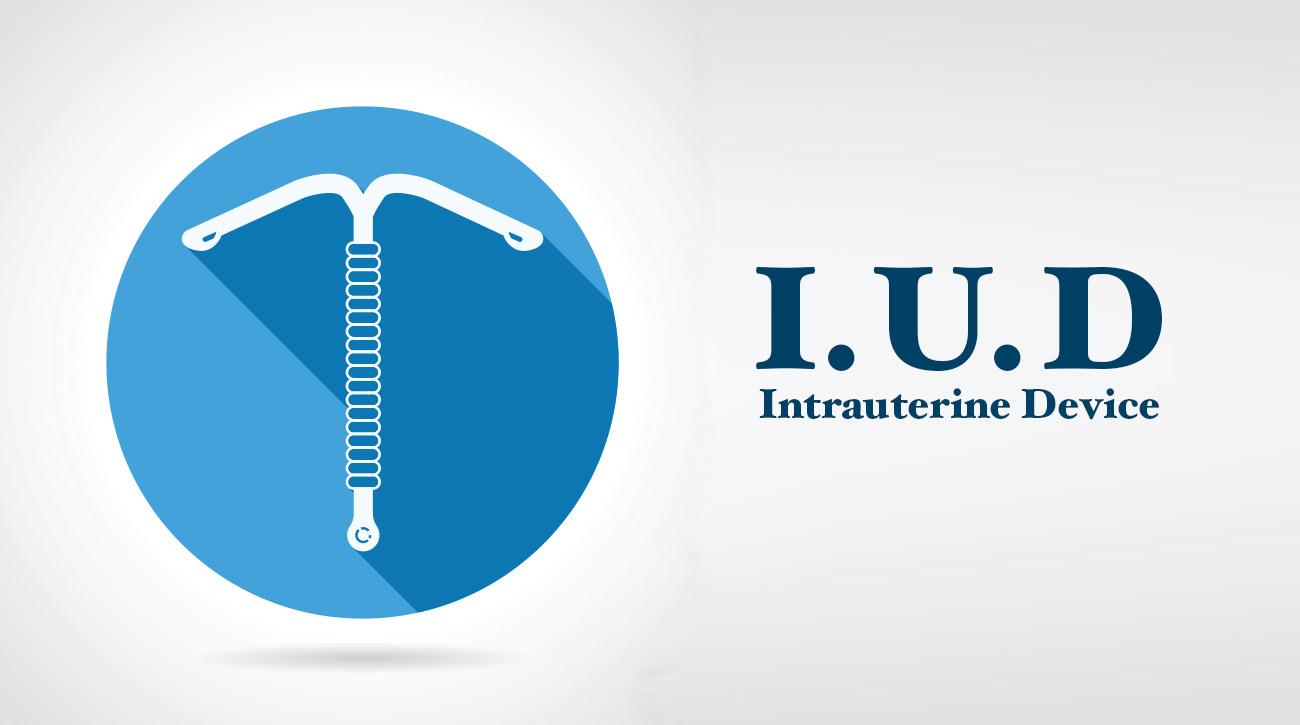The Bridging the Divide project at the Jacobs Institute of Women's Health has released a new white paper on long-acting reversible contraceptive (LARC) methods, which include intrauterine devices (IUDs) and contraceptive implants. This new paper is an in-depth resource of evidence-based information for policymakers, advocates, and the media. It summarizes research on the safety, efficacy, and use of LARC methods; explores the factors that influence women’s access to these methods; and highlights the importance of prioritizing women’s needs and preferences in contraceptive decision-making.
LARC methods are among the most effective forms of contraception, but earlier versions of these methods left problematic legacies for patients and providers. Although LARC use remained low in the US for decades, uptake of newer LARC products has risen quickly in recent years, and researchers have identified increased LARC use as a likely contributor to recent declines in US unintended pregnancy, abortion, and teen pregnancy rates.
The high upfront cost of these methods has historically presented a significant barrier for women seeking to obtain them, but new coverage models and research programs have demonstrated ways to reduce these barriers. The Affordable Care Act now requires private insurers to cover all FDA-approved forms of contraception without cost-sharing, and Medicaid policies in California, South Carolina, and other states have expanded access to LARC methods. Evidence-based initiatives in Colorado, Iowa, and the St. Louis area have demonstrated that when LARC methods become more accessible, large percentages of women seeking contraception choose them.
In spite of these advances, some barriers to LARC access persist. Providers and patients may have incomplete knowledge about who is an appropriate candidate for LARC use, and restrictions on public and private insurance coverage for LARC methods may create financial or logistical barriers. In particular, coverage restrictions can make it difficult or impossible for a provider to insert or remove a LARC at the time a woman chooses, such as immediately after delivering a baby or having an abortion. Advocates stress the importance of women having full access to all contraceptive options, so each woman can choose the one that best meets her needs and preferences, and can switch easily between methods if she determines that one form does not work well for her.
"IUDs and implants are excellent choices for many women who use contraception, and improved access to LARC methods will allow women to plan and space their pregnancies, which will benefit their health as well as that of their families," said Susan F. Wood, PhD, Associate Professor and Director of the Jacobs Institute of Women's Health at the George Washington University’s Milken Institute School of Public Health. "Yet LARC methods are not right for every woman at every time in her life. Women should have ready access to every approved form of contraception, as well as patient-centered counseling to help them select the methods that suit their needs and preferences.”
Bridging the Divide is a project of the Jacobs Institute of Women’s Health and brings together researchers, policy-makers, and policy advocates with an active interest in women’s and reproductive health issues in order to improve the impact of each community in advancing their common goals.
Read the white paper: Long-Acting Reversible Contraception: Overview of Research & Policy in the United States


